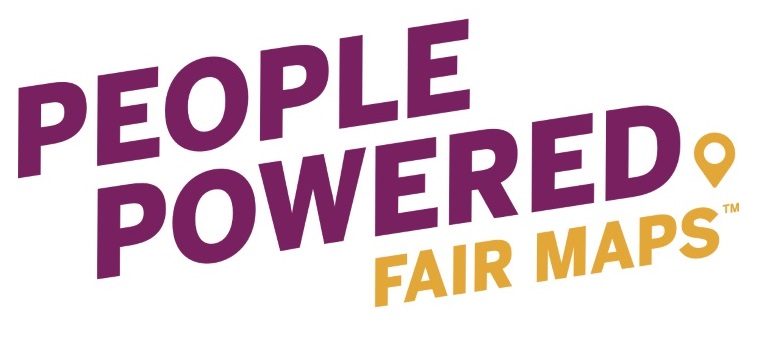
Redistricting: Why It Matters December 2020
2021 is the year for redistricting in the United States. The League’s People Powered Fair Maps campaign is working in states to ensure that the new districts are drawn to be as fair and representative of the people as possible.
In Connecticut, that means we must draw attention to redistricting so that public awareness encourages a fair process and outcome.
What Is Redistricting? Our US Congress members, state legislators, and many city council and school board members are elected by people grouped into districts. At least once a decade, after the census, districts are redrawn.
Why Do We Do It? As population shifts between and within states, districts have to be redrawn to ensure that each district has about the same number of people, allowing for each person to have an equal say in the government, as required by the US Constitution.
How Is It Done in Connecticut? What’s the Timeline? The Connecticut constitution sets out the redistricting process: a bipartisan committee is appointed by the top four leaders of the legislature. Historically, each leader designates two legislators from their own party by February 15. The committee uses data from the decennial census to create and submit a districting plan to the General Assembly.
If the Assembly does not approve the plan by September 15, 2021, an eight-member reapportionment commission is identified by the same legislative leaders, who then chose a ninth state elector to join them. They are charged with preparing a plan that at least 5 members support by November 30 of that year. If they cannot agree on a plan, the constitution calls for the supreme court of CT to compel the commission to agree to a plan. The court can also draw the boundaries itself. The plan must be done by February 15 of the next year (in this cycle, 2022).
This timeline assumes the Census will be able to deliver population counts for all the towns, districts, and census blocks in Connecticut by April 1, 2021.
Typically, in Connecticut, the General Assembly does not approve the committee’s plan and the courts become involved in approving a plan.
How Can We Make Redistricting Better? Elected officials have an incentive to create districts that are likely to protect their incumbency. It would likely be better to have a commission made up of non-partisan experts and citizens who would be more likely to draw maps that took the people’s interests in mind, perhaps by using criteria defined by the voters.
But in Connecticut this year, we don’t have time to change the process for 2021—that requires amending the state constitution, which is a multi-year process.
We do have the ability to increase the chances that the process is conducted in full view of an educated and involved electorate.
We can:
- EDUCATE THE PUBLIC—Sponsor presentations, share information on social media, provide people information that will encourage their attention to the process.
- DEMAND THE DATA BE MADE PUBLIC—Political and demographic data should be available to the public during the redistricting process. Communities could then see where they are being counted and make their opinions heard.
- REQUIRE PUBLIC HEARINGS—Before and after maps are drawn conducting public hearings gives the public a chance to ask questions and make suggestions. Requiring line drawers to explain their decisions makes it harder for them to draw lines that serve the elected officials rather than the people they are to represent.
- ENLIST ALLIES—The concerns of less powerful communities: people of color, undocumented residents, incarcerated people, urban communities--are often overlooked when district lines are drawn. We can join together with representatives of these communities to advocate for fair maps that reflect their concerns.
Patricia Rossi, LWVCT, PPFM Champion for CT
Drawn from “Know Your Lines” by Christine Gaspar, John Mangin, Erika Wood, Myrna Perez, Garima Malhotra, Justin Levitt, and Bonnie Ernst of The Brennan Center; and “Changing Connecticut’s Redistricting Process” by Kristin Sullivan, Chief Analyst OLR, December 20, 2018, 2018-R-0329.
Want to join the People Powered Fair Maps Campaign in Connecticut? Contact us at redistricting [at] lwvct.org.